Modeling New Green Construction Approach
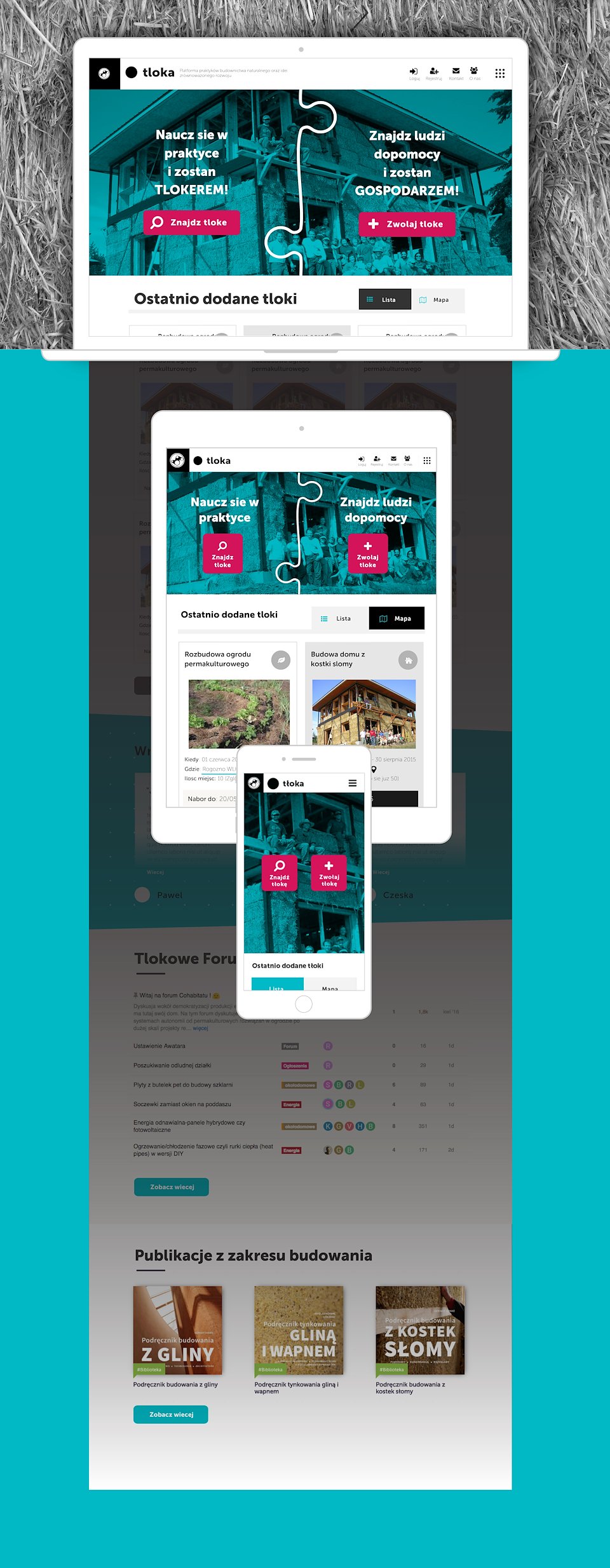
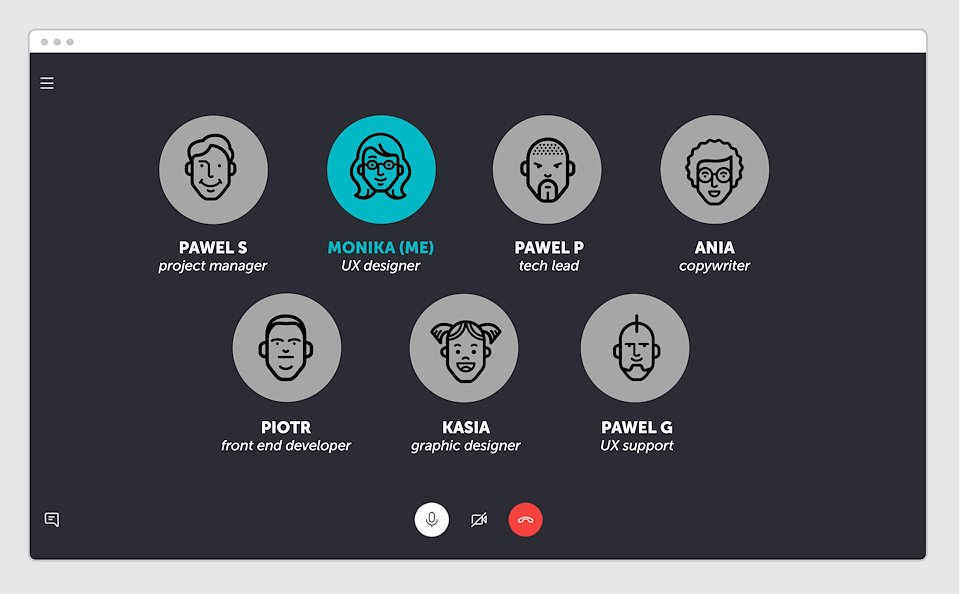
The team – working remotely
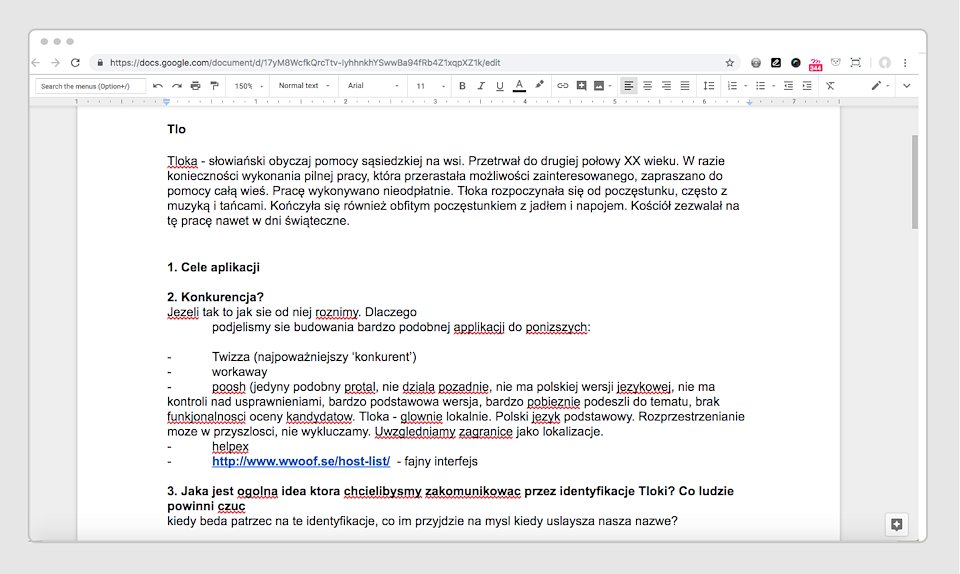
The brief, record of our conversations and arrangements
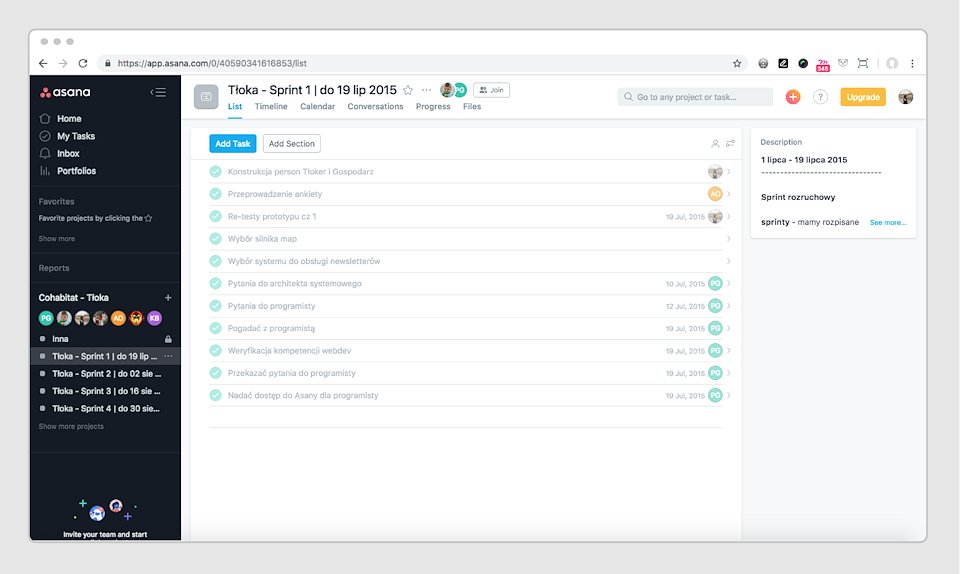
Online project management
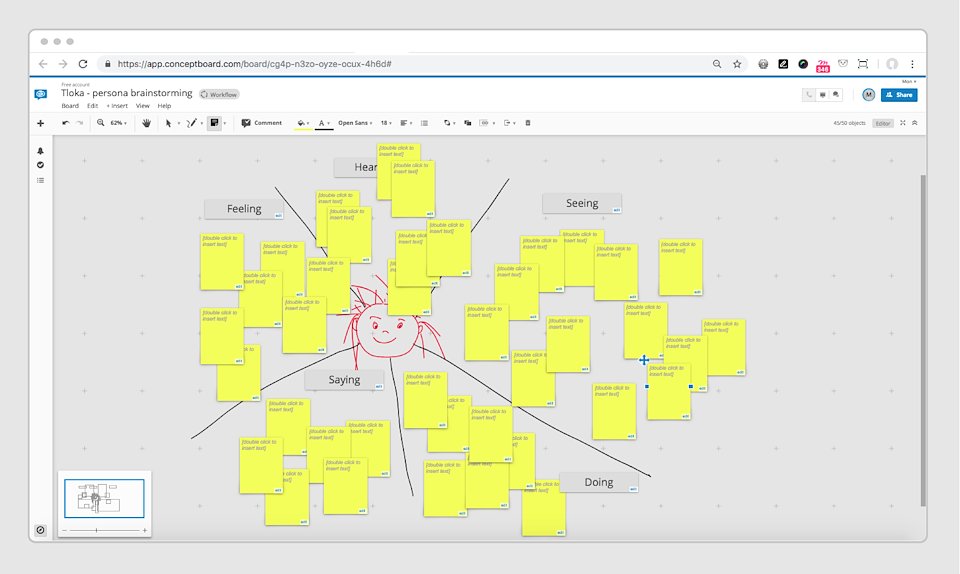
Persona characteristics brainstorming (affinity diagram)
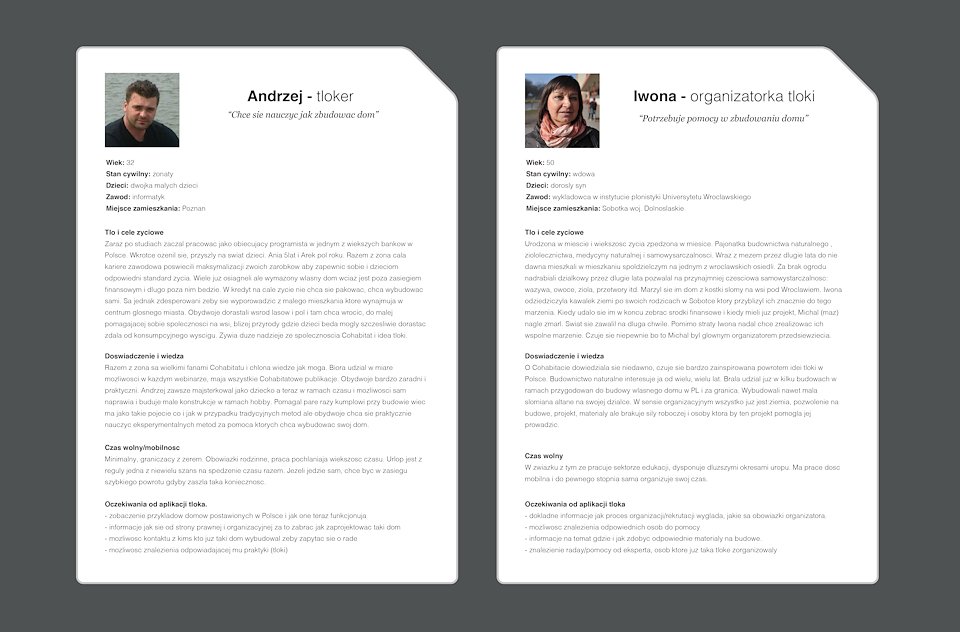
Personas
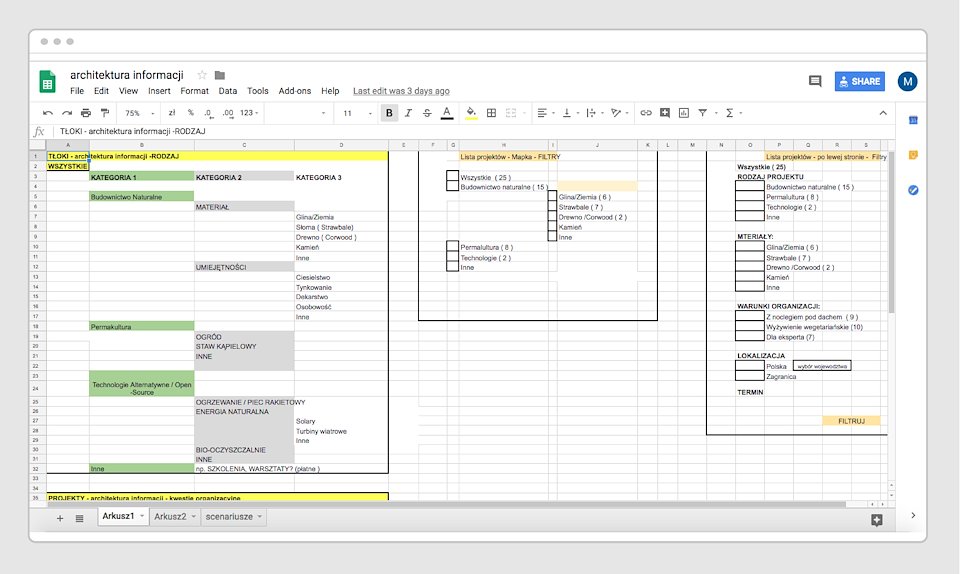
Information architecture
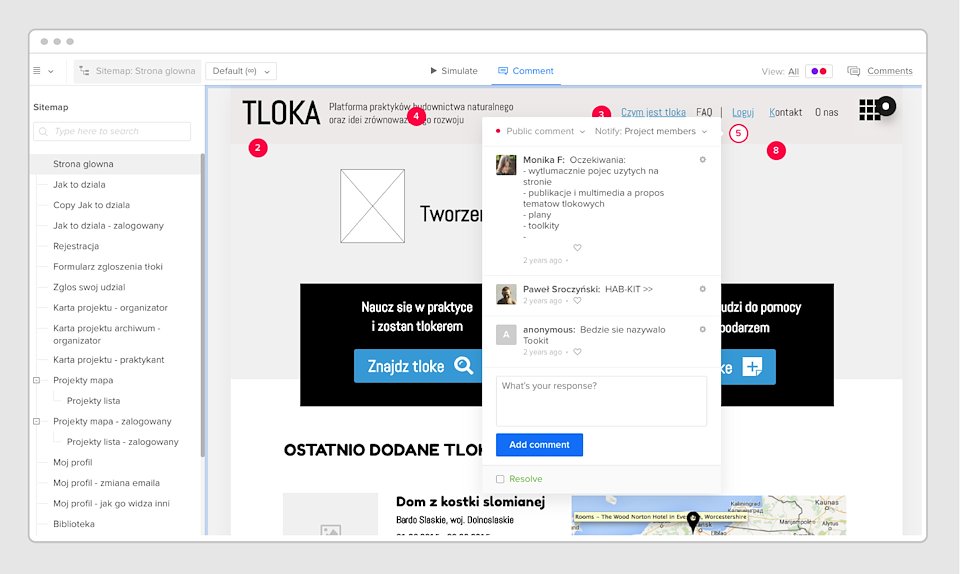
Lo fidelity prototype
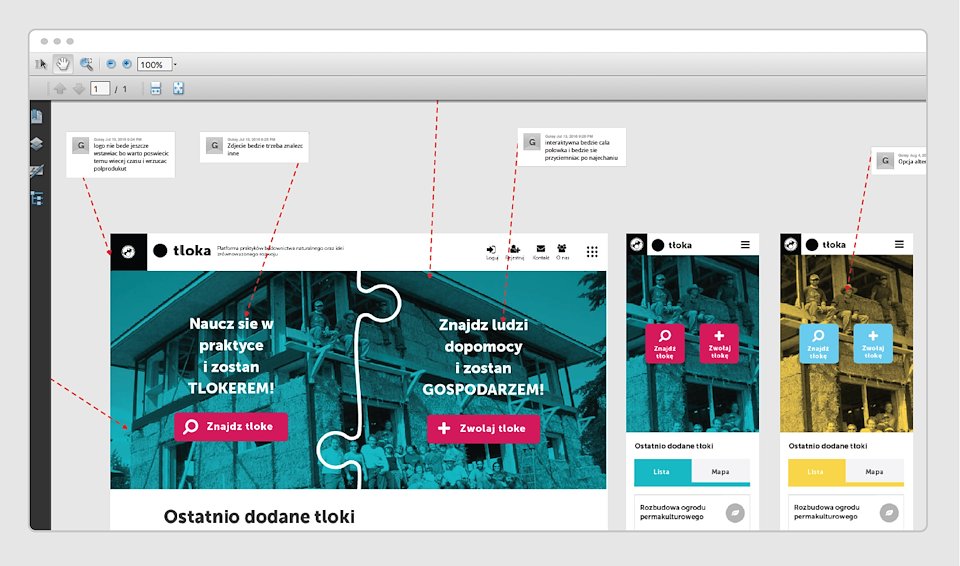
Online critique of the design
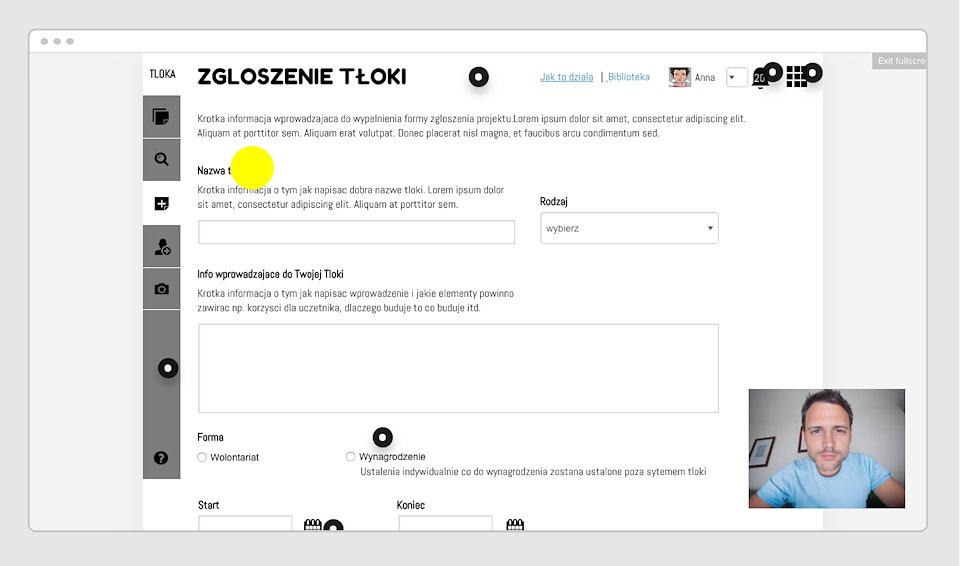
Usability testing of the prototype
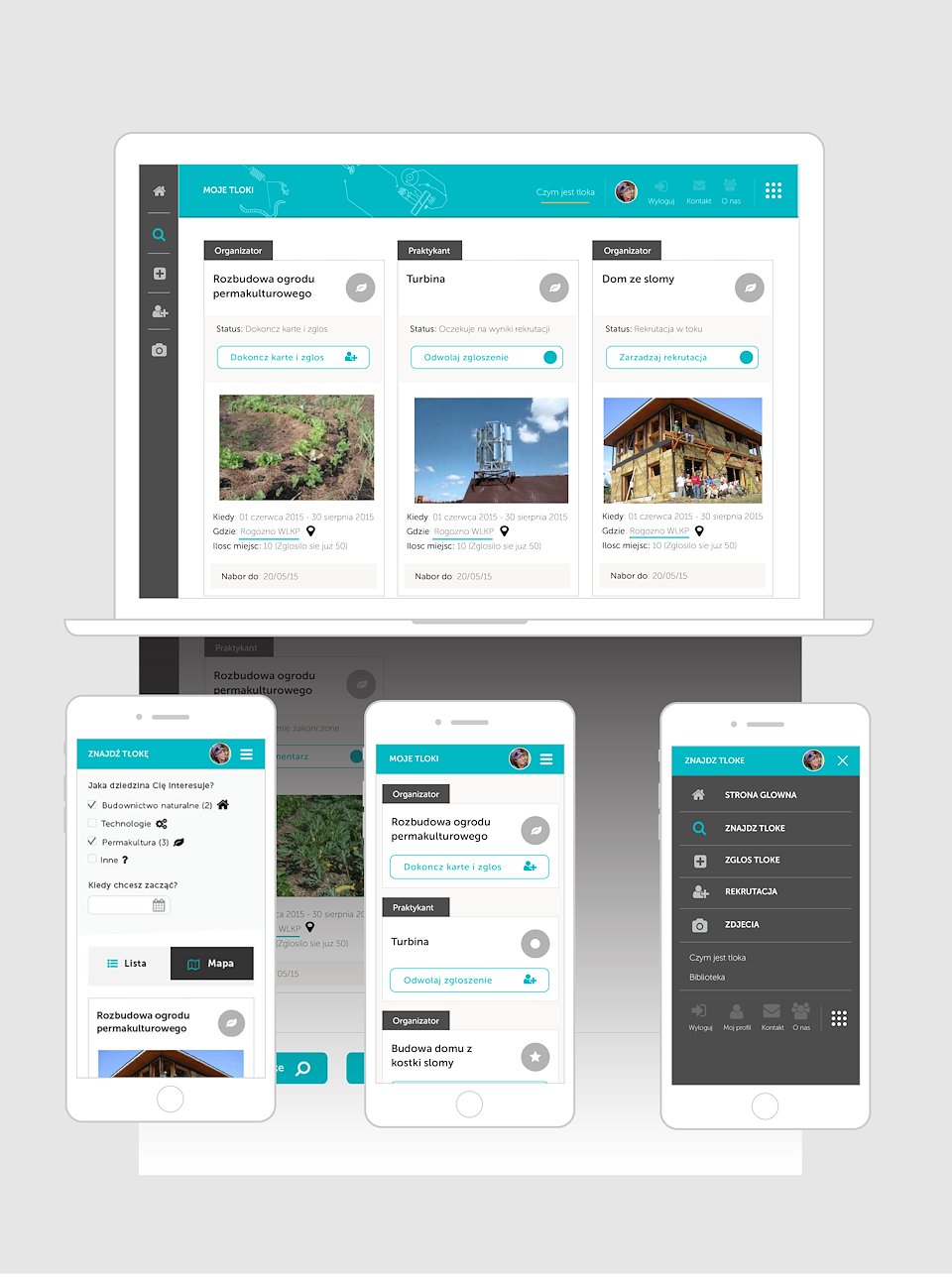
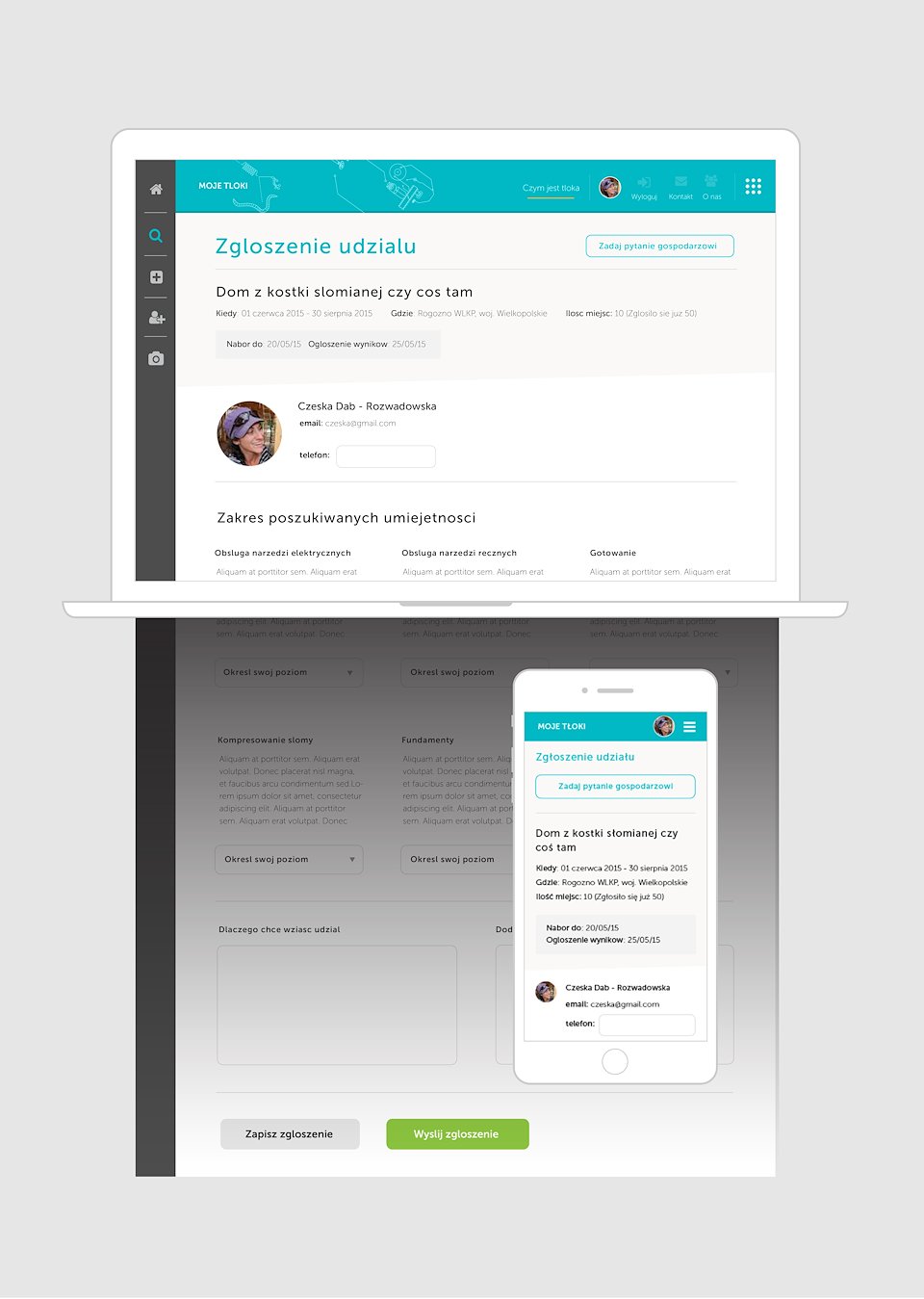
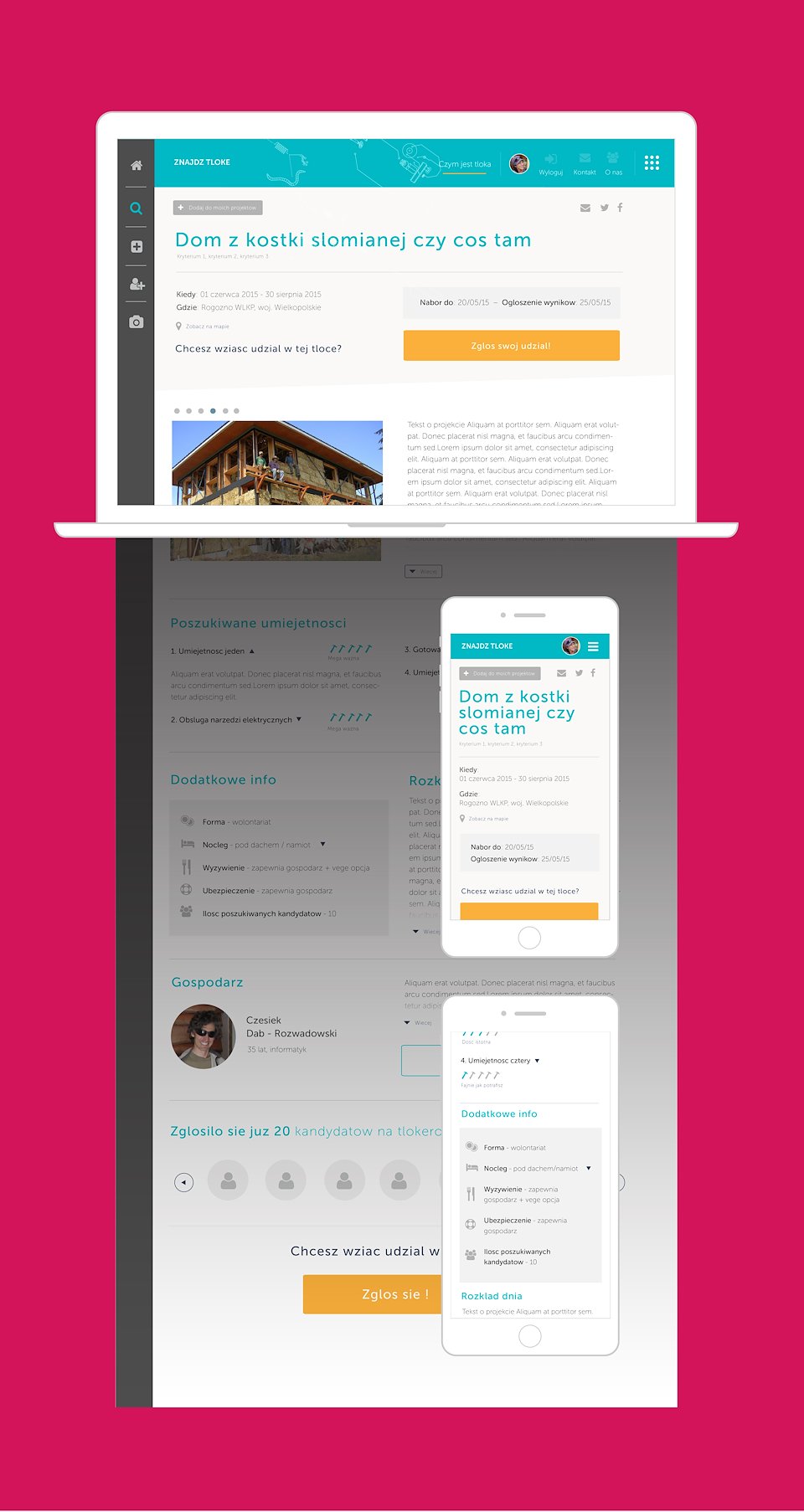
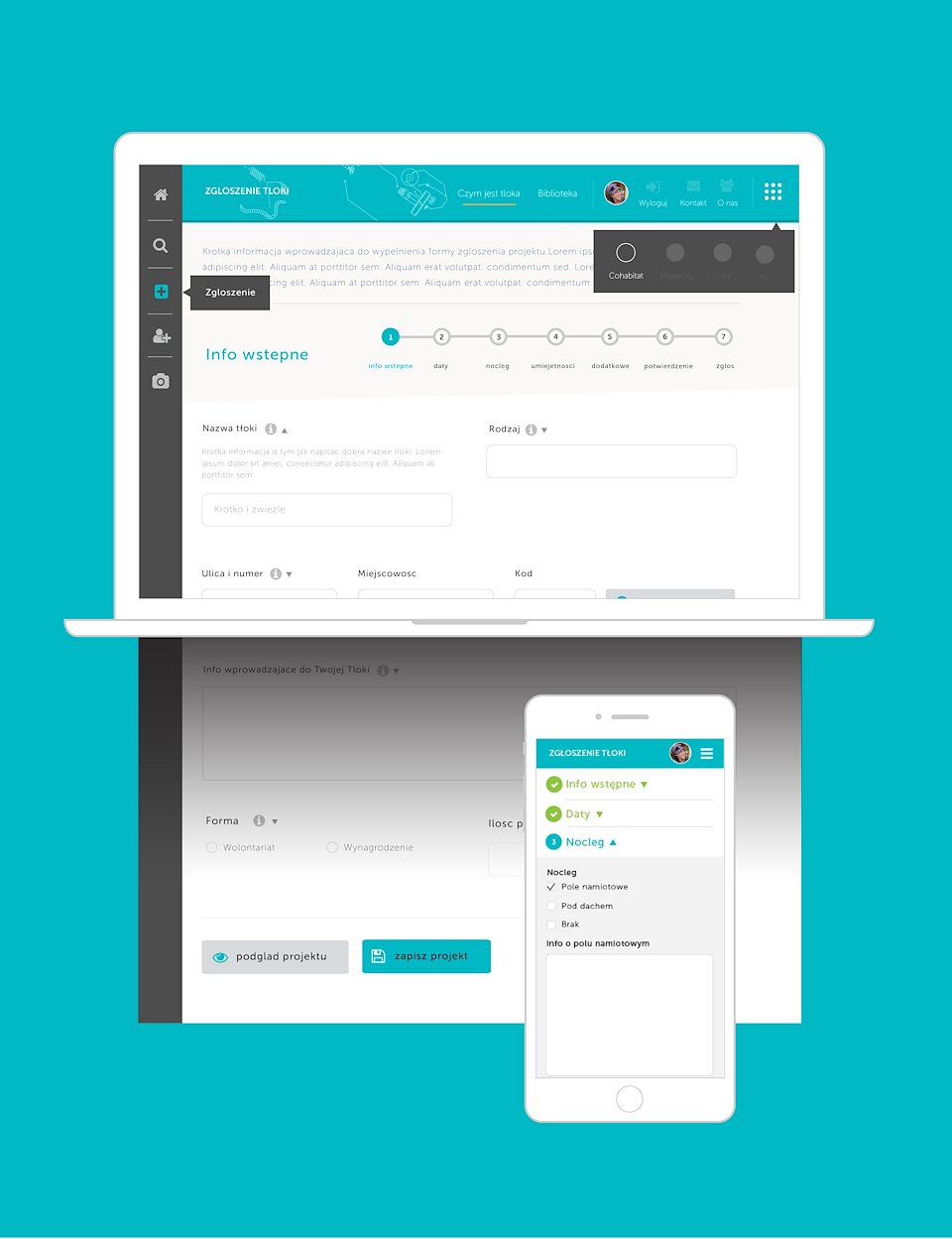
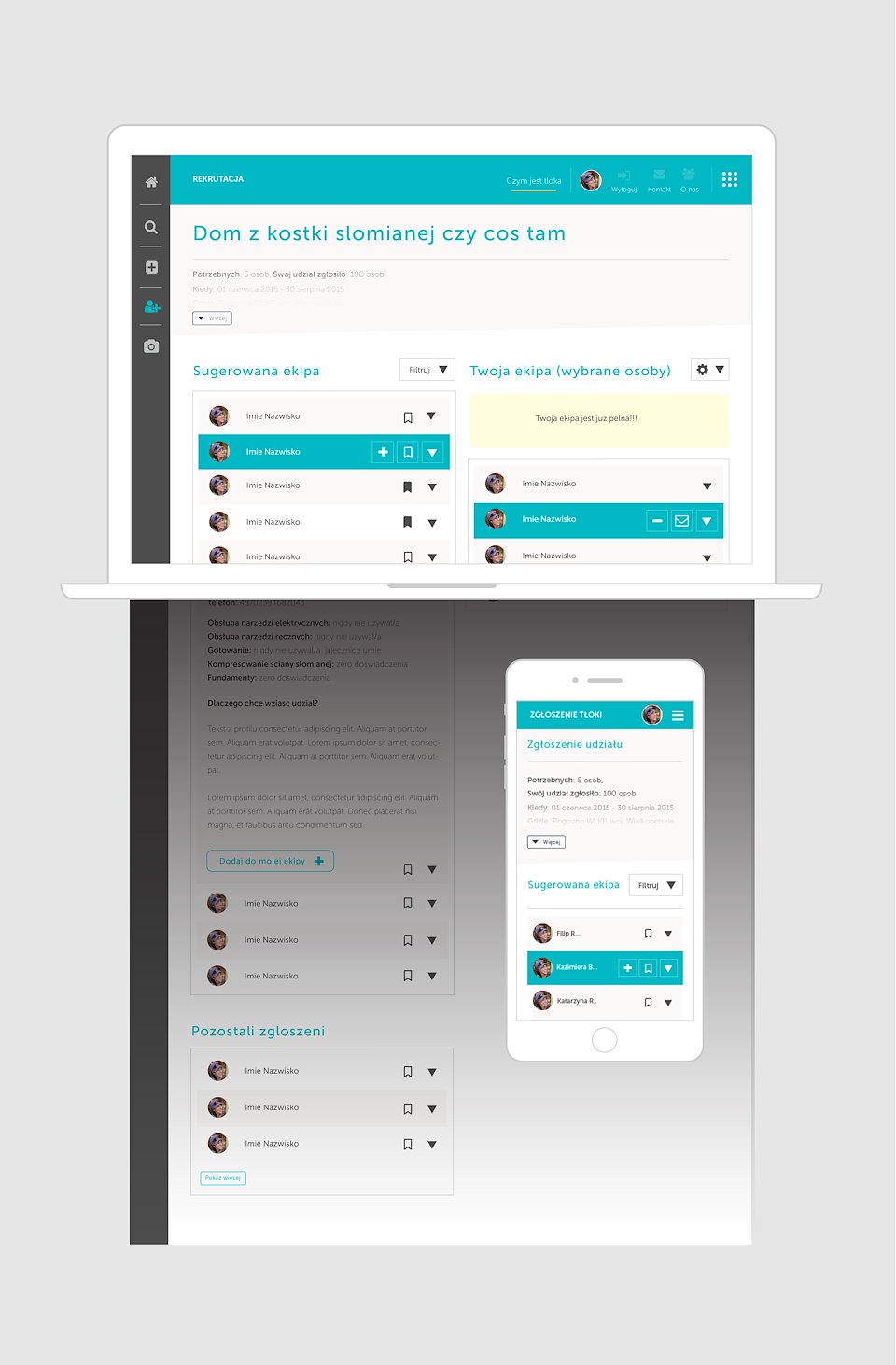
I carried out UX analysis, design, prototyping, and testing for Tloka, an app that allows users to submit sustainable housing projects as opportunities for collaboration. Aspiring house builders can advertise opportunities for workers to contribute their time and skills to these projects.
CONTEXT
Rising housing costs and the environmental cost of construction mean new ways must be found to help communities house themselves. Tloka is an app that connects sustainable construction enthusiasts, enabling them to come together and share skills to solve housing challenges.
CHALLENGE
The challenge was to create an app that would allow a sustainable housing community to share construction projects and skills they wish to offer. The app needed to provide an efficient, straightforward process for project owners to share the details of their construction and for skilled workers to advertise and manage their reputation.
SOLUTION
The app functions as a desktop recruitment tool, helping people find others who can assist with their projects. The app automates the selection process for organizers, based on characteristics and weights assigned to candidates. The best candidates suggested by the app can then be manually reviewed by the organizer. For helpers, the app allows them to view successful projects, contact other workers who’ve contributed to previous projects, easily find projects based on factors like time and location, and share their own requirements such as accommodation, food, or family arrangements
APPROACH
I carried out an analysis of user requirements, persona building, and prototyping. After developing a low-fidelity prototype for the app, I conducted further testing, refining the UX and graphic interface to ensure it met user needs and expectations.
LEARNINGS
This project taught me how to manage a design process in a not-for-profit sector that includes volunteers and various stakeholders. When a team feels a sense of ownership over the project and understands the relevance of their work, they are more likely to be invested in the outcome and support one another. This naturally leads to self-sustaining collaboration, where management becomes more about guiding and steering rather than strict control.